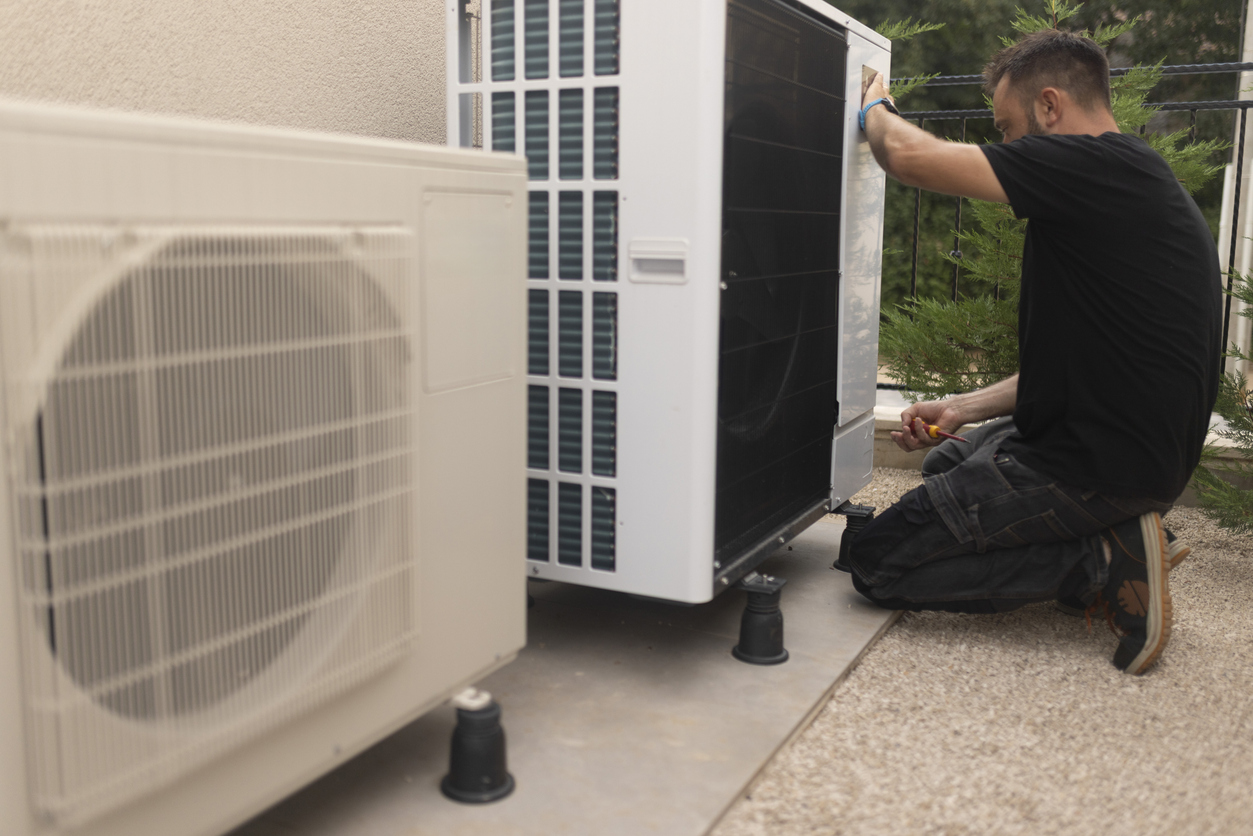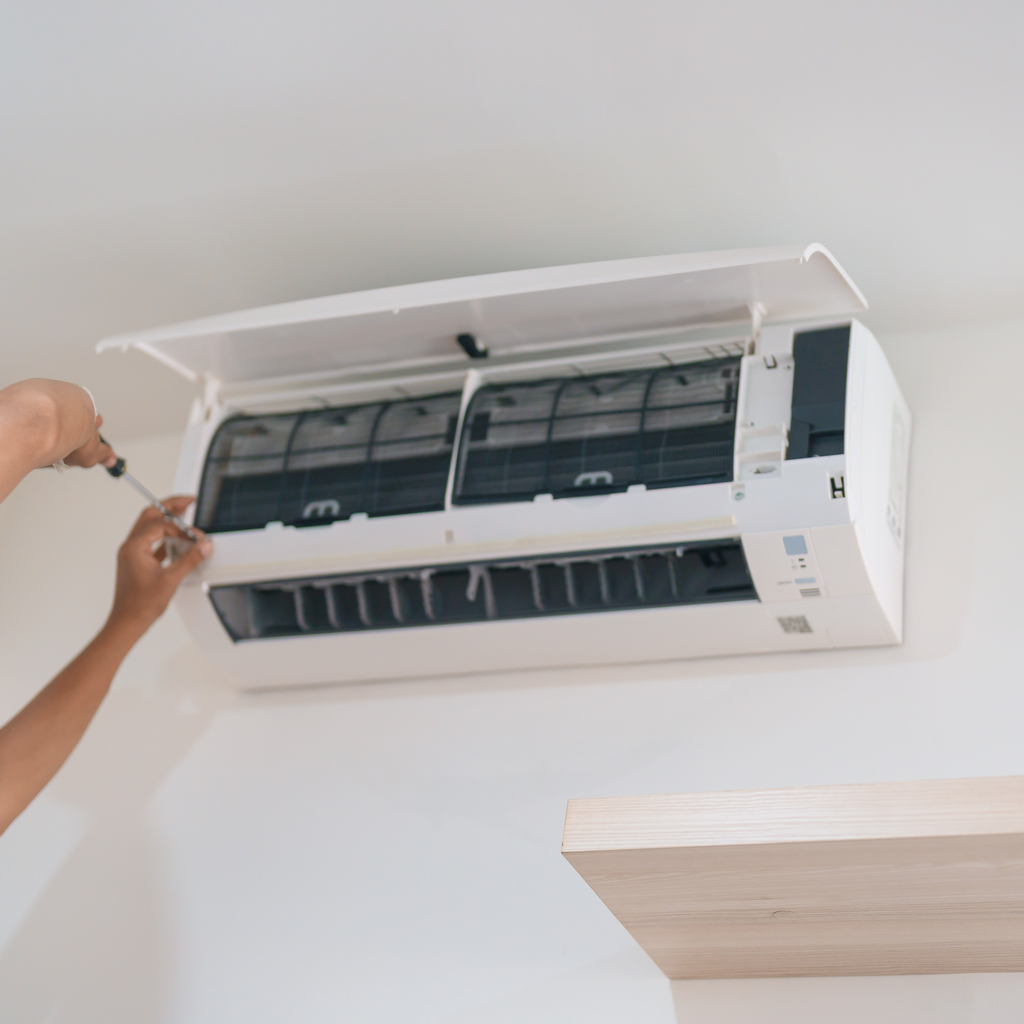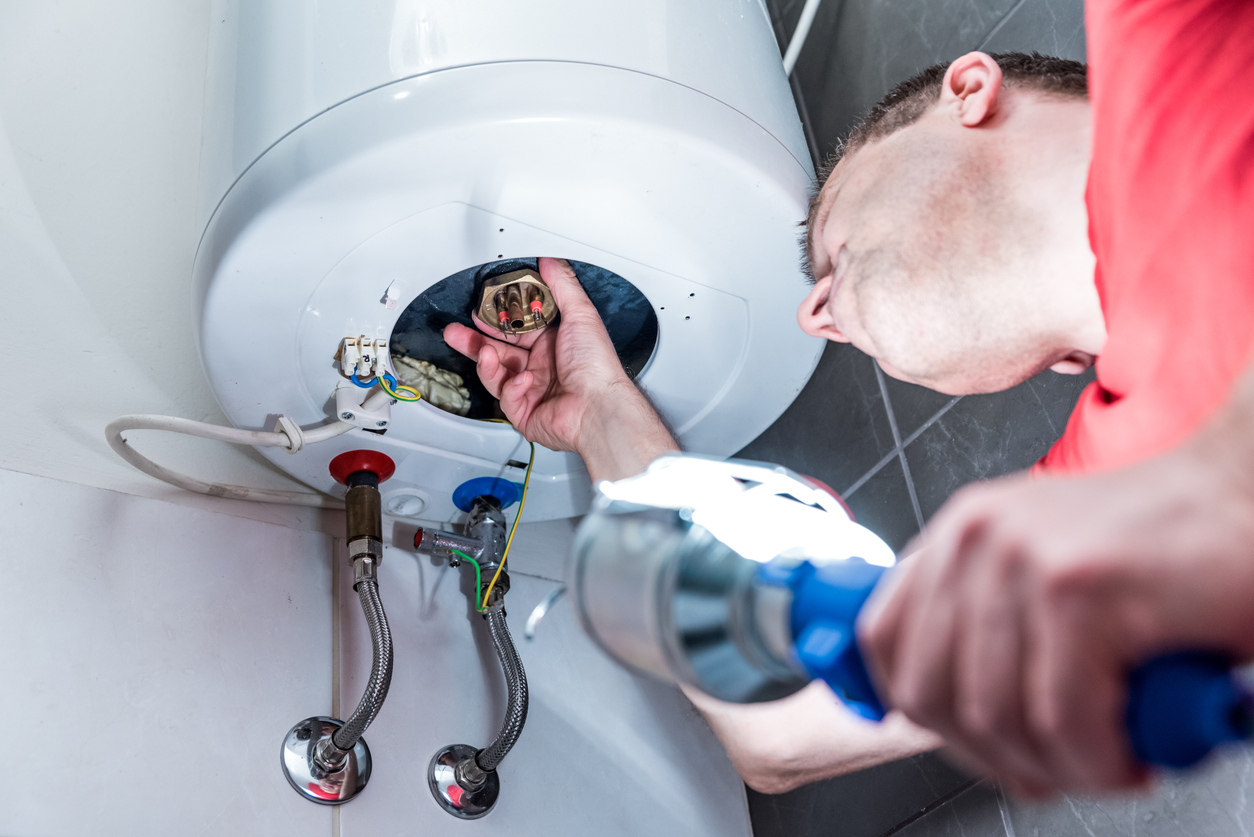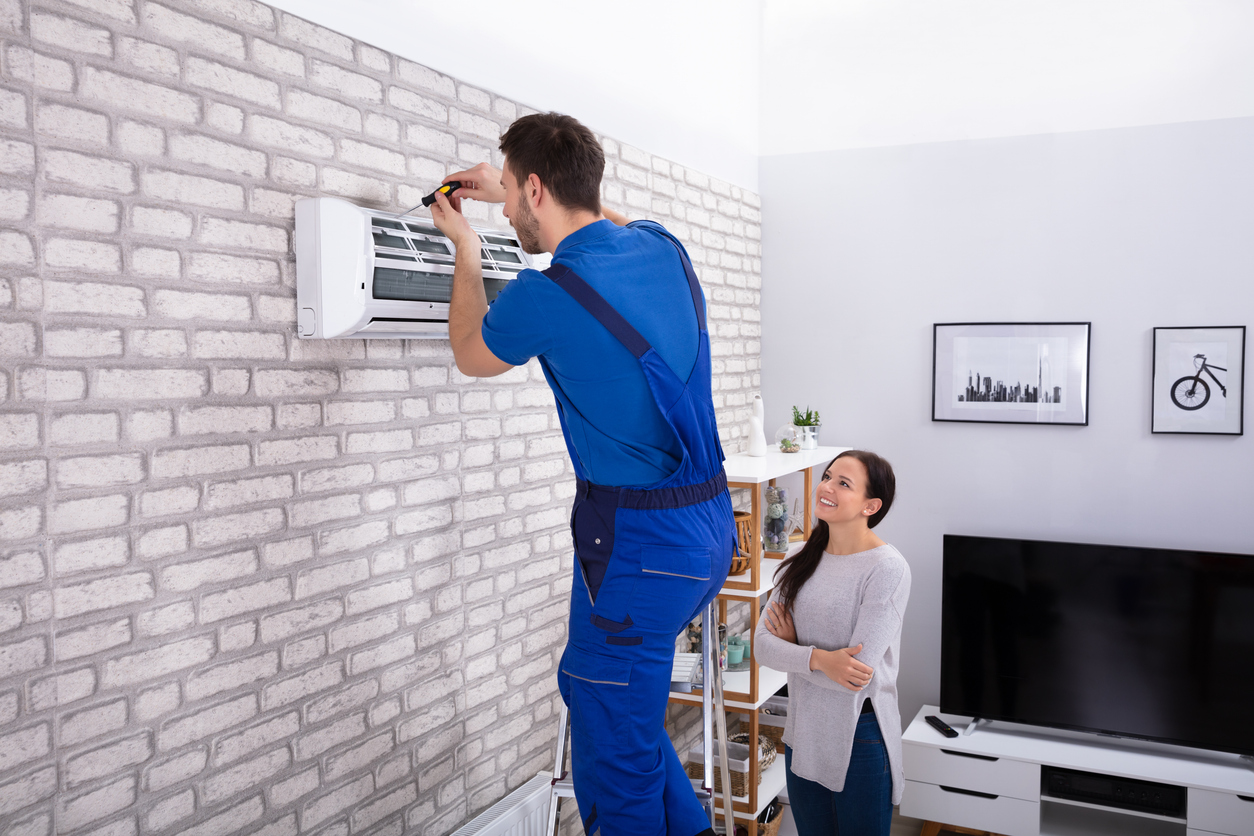Planning a heating system replacement is a significant undertaking that requires careful consideration and strategic decision-making. To ensure a smooth transition to a new heating system and maximize the benefits of the upgrade, homeowners must be aware of common pitfalls. In this guide, we’ll explore these pitfalls and provide insights on how to avoid them, empowering you to make informed choices for your heating replacement project.
- Inadequate System Sizing:
One of the most common pitfalls in heating system replacement projects is choosing a system that is too large or too small for the space it needs to heat. Inadequate system sizing can lead to inefficiency, increased energy consumption, and discomfort. To avoid this, thoroughly assess your home’s heating needs, considering factors such as square footage, insulation, and local climate. Consulting with HVAC professionals to perform a Manual J load calculation ensures accurate system sizing for optimal performance.
- Neglecting Energy Efficiency:
Focusing solely on the upfront cost of the heating system without considering its energy efficiency is another common mistake. Neglecting energy efficiency can result in higher long-term operational costs and a larger environmental footprint. Prioritize systems with high Annual Fuel Utilization Efficiency (AFUE) ratings or Energy Star certification when planning your replacement. Investing in an energy-efficient system reduces utility bills and contributes to a more sustainable and eco-friendly home.
- Ignoring Ductwork Evaluation:
The condition of your existing ductwork is a critical factor in the performance of your new heating system. Ignoring ductwork evaluation can lead to issues such as air leakage, uneven heating, and energy waste. Before replacing your heating system, have a professional inspect and assess the condition of your ductwork. Address any leaks, gaps, or inefficiencies to ensure the new heating system operates at its full potential, delivering consistent and efficient heating throughout your home.
- Overlooking Smart Technology Integration:
In the era of smart homes, overlooking the integration of smart technology into your heating system can be a missed opportunity. Smart thermostats, zoning systems, and other intelligent features can enhance the control and efficiency of your heating system. Consider incorporating smart technology for remote monitoring, programmable settings, and adaptive learning to optimize comfort and energy savings. Overlooking these innovations may result in a less sophisticated and user-friendly heating system.
- DIY Installation Risks:
While DIY projects can be fulfilling, attempting a heating system installation without professional expertise is risky. Proper installation is crucial for your heating system’s efficiency, safety, and longevity. DIY mistakes can lead to malfunctions, safety hazards, and voided warranties. Always enlist the services of qualified HVAC professionals to install your new heating system. Their expertise ensures the system is installed correctly, adhering to safety standards and manufacturer specifications.
Avoiding common pitfalls during a heating replacement involves thorough planning, informed decision-making, and professional guidance. By addressing issues such as inadequate system sizing, neglecting energy efficiency, overlooking ductwork evaluation, ignoring smart technology integration, and avoiding DIY installation risks, you can ensure a seamless transition to a new heating system that meets your comfort, efficiency, and sustainability goals.
Ready to embark on a successful heating replacement journey? Contact our team at Pronto Plumbing at 717-366-6587 for expert guidance and installation services. Schedule your consultation today for a heating upgrade that exceeds your expectations.






